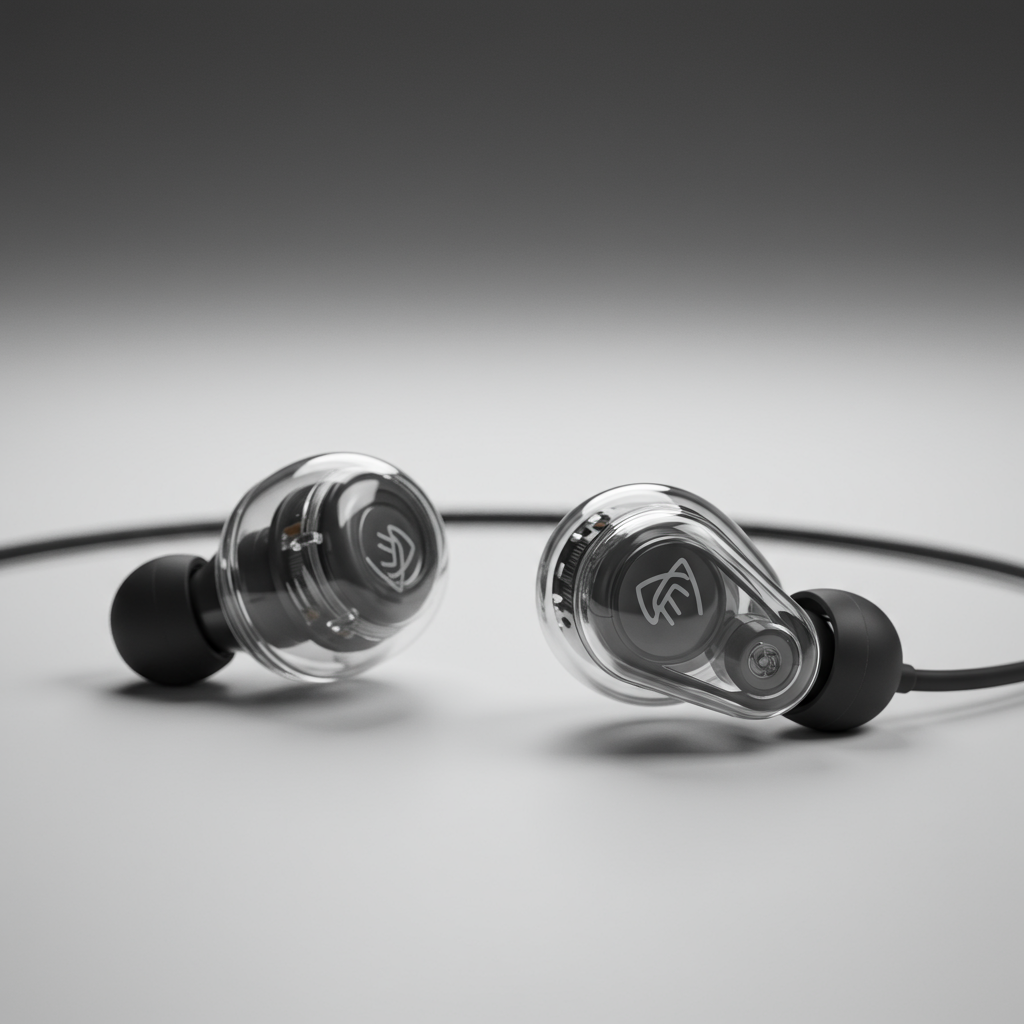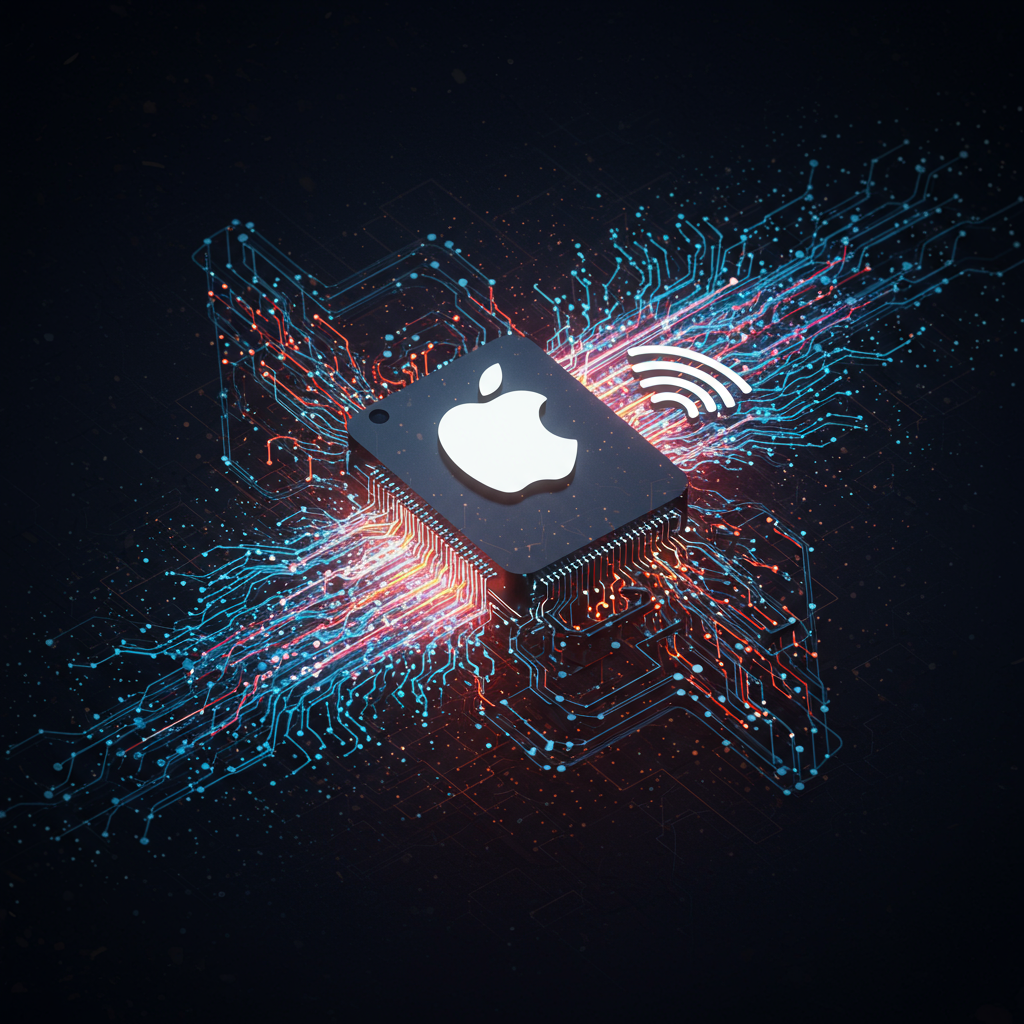nothing enters the premium audio arena with its first over-ear headphones, the aptly named Nothing headphone 1. Priced at $299, these headphones aim to carve out space in a market dominated by giants like Sony, Bose, and Apple. As an expert SEO content strategist, I’ve synthesized extensive reviews and technical data to bring you a complete breakdown. Do these headphones live up to the hype and stand out with more than just their looks? Let’s dive deep into the Nothing Headphone 1 review.
From the moment you see them, the Nothing Headphone 1 makes a statement. Its signature transparent design, a hallmark of the Nothing brand, is front and center. This retro-futuristic aesthetic reveals glimpses of the internal components, celebrating the engineering within. Unlike phones or earbuds that hide away, these headphones sit prominently on your head or around your neck. It’s a bold choice that demands attention.
The design features plastic elements over an aluminum casing, drawing comparisons to both retro gadgets and modern premium cans like the AirPods Max. Opinions on the aesthetic are divided; some find it unique and appealing, while others might feel it looks less “grown up” or even “silly” compared to more conventional designs. Weighing 329g, they are heavier than competitors like the Sony WH-1000XM5 (250g) and carry a strong clamping force similar to the AirPods Max. Comfort, however, is generally well-regarded thanks to padded memory foam ear cups and a flexible headband. The ear pads are unremovable but feature a soft, comfortable texture. The headphones also carry an IP52 rating, offering some resistance to dust and light splashes.
Audio Performance: Tuned by KEF?
Nothing partnered with British audio firm KEF for the tuning of the Headphone 1. They feature 40mm dynamic drivers with a nickel-plated diaphragm, intended to boost clarity and bass. Sound quality across various reviews is generally described as good and competitive within its price bracket, though not always reaching the clarity of significantly more expensive options like the AirPods Max, particularly in the vocal and upper-mid ranges.
Some analysis suggests the sound can feel “compressed,” lacking the open and expansive quality found in rivals like the Sony WH-1000XM5 or even the mid-range Sennheiser Accentum Plus, despite a generally well-balanced frequency response. The low end is often highlighted as energetic, especially with features like the ‘Bass Enhancer’ enabled via the app. A key advantage is the Nothing X app, which offers extensive personalization including customizable EQ settings. This allows users to tweak the sound profile to their preference, potentially overcoming some of the perceived tuning limitations. The headphones support high-res codecs like LDAC for better wireless audio quality on compatible devices.
Active Noise Cancellation Effectiveness
Active Noise Cancellation (ANC) is a crucial feature for premium headphones, and the Nothing Headphone 1 performs capably. It effectively blocks out low-frequency noises like engine hums, air conditioning, and general city din. Reviewers found it capable enough for travel, handling subway noise and loud ambient sounds with ease, which is a strong point for over-ear designs due to their inherent passive isolation.
While some adaptive ANC modes struggled slightly in specific challenging environments like the London Tube, the ‘High’ fixed ANC setting is noted as being effective and comparable to models like the Sony WH-1000XM5. Transparency mode is also included, allowing outside sounds to filter in, though some found it tended to emphasize high frequencies. Overall, the ANC is a significant strength, contributing positively to the listening experience in noisy environments.
Controls and Features Breakdown
The Nothing Headphone 1 opts for physical controls, a design choice many users prefer over potentially finicky touch surfaces. The right ear cup houses the primary controls: a unique ‘Roller’ button controls volume and, with a press-and-hold, cycles through ANC, Transparency, and Off modes. A single press on the roller handles play/pause.
Adjacent to the roller is a ‘Paddle’ button for track control (skip forward/backward) and scrubbing. While the roller is intuitive and widely praised, the paddle’s implementation for skipping tracks (requiring a pause between presses for backward skips) was found slightly awkward by some. A customizable button on the right ear cup can be assigned various functions via the Nothing X app, including launching voice assistants (like Google Gemini or Siri), applying EQ presets, muting the microphone, controlling noise modes, or enabling spatial audio. On Nothing Phone 3 devices, this button can even switch between audio apps.
Other features include head-tracked spatial audio, though this was found unconvincing and often detrimental to audio quality by reviewers. Wear detection and multipoint Bluetooth connectivity are present but surprisingly turned off by default, requiring activation in the app. Once enabled, multipoint allows connection to two devices simultaneously, a standard feature in this class.
Battery Life and Connectivity Options
Battery performance is a strong suit of the Nothing Headphone 1. Nothing claims up to 35 hours of playback with ANC on using the AAC codec, and an impressive 80 hours with ANC off. Real-world use supports these claims, with reviewers reporting significant use throughout a workday and even going days without needing a charge. Quick charging is also available, providing hours of playback from just minutes of charging.
Connectivity includes Bluetooth with support for SBC, AAC, and LDAC codecs. A USB-C port handles both charging and digital audio playback when connected to a compatible device. Notably, a 3.5mm analog audio jack is included for wired listening. However, this jack does not work when the headphones are off or charging via USB-C. This means the headphones are unusable in a passive mode if the battery dies, a drawback compared to some competitors. You can, however, listen via Bluetooth or USB-C while the headphones recharge.
Voice Call Performance Issues
Despite featuring four microphones and AI-powered Clear Voice Technology, the Nothing Headphone 1 struggles significantly with voice calls in noisy environments. While calls sound clear in quiet settings, background noise like busy train stations or crowds overwhelms the system, often canceling out the user’s voice along with the ambient sound. This is a major weakness if taking calls on the go is a frequent use case.
Case and Accessories
The headphones come with a softshell zipper case. While slim and including a useful pouch for cables, the case material is prone to attracting lint and pet fur. The zipper was also noted as being occasionally finicky. Included in the box are Nothing-branded USB-C and 3.5mm audio cables, providing versatile connection options (battery permitting for the analog cable).
Value Proposition and Competition
At $299, the Nothing Headphone 1 is positioned below the price of top-tier competitors like the AirPods Max ($549+), Sony WH-1000XM5 ($350+), and Bose QuietComfort Ultra ($400+). They offer a comprehensive feature set – good ANC, customizable sound, strong battery life, and versatile connectivity (mostly) – wrapped in a truly unique design.
They compete well on ANC and general audio quality for many listeners, especially when leveraging the app’s EQ settings. The physical controls are a highlight. However, the significant drawback in call quality in noisy areas and the limitation of the analog jack needing battery power are crucial factors. The polarizing design is also a consideration; it’s a feature, not a bug, but it might not appeal to everyone. While offering excellent technical features and premium build quality for the price, some audio purists felt the core sound quality was not quite on par with others in the premium space, despite the KEF partnership.
Ultimately, the Nothing Headphone 1 is a compelling alternative for those prioritizing unique style, good ANC, and strong battery life at a lower price than true flagships. If frequent voice calls in loud places are essential, or if a purely passive analog mode is needed, other options might be better. But for many, these headphones blend style, sound, and substance effectively.
Frequently Asked Questions
What is the most distinctive feature of the Nothing Headphone 1?
The most distinctive feature is undoubtedly its transparent, retro-futuristic design. This unique aesthetic, showing internal components, aligns with Nothing’s brand identity. Alongside the design, the intuitive physical controls, particularly the volume roller, are frequently highlighted as standout elements that enhance usability compared to touch-sensitive alternatives.
How does the Nothing Headphone 1’s Active Noise Cancellation compare?
The Active Noise Cancellation (ANC) on the Nothing Headphone 1 is considered effective, particularly against consistent low-frequency noises like vehicle engines and office hums. Reviewers found it comparable to some high-end competitors, especially the Sony WH-1000XM5, when set to the ‘High’ level. It provides sufficient noise blocking for travel and busy environments, making it a solid choice for reducing ambient distractions.
Should I buy the Nothing Headphone 1 over headphones like the Sony WH-1000XM5 or AirPods Max?
Consider the Nothing Headphone 1 if you value its unique transparent design and want good ANC and battery life at a more accessible price ($299) than flagship models. Its sound quality is generally good, customizable via EQ, and physical controls are excellent. However, if consistent voice call clarity in noisy places is a priority, or if you rely on a passive analog connection that works with a dead battery, alternatives might be better fits. The choice depends heavily on your specific needs and design preference.
Conclusion
The Nothing Headphone 1 makes a bold entry into a crowded market. It succeeds in creating a head-turning design that stands out from the conventional. Beyond the aesthetic, it offers competitive active noise cancellation, respectable battery life, and versatile features managed through an intuitive app and physical controls. While its audio quality is subjective and some found it lacking compared to top-tier rivals despite the KEF partnership, it delivers a generally pleasing sound experience. The major drawback remains poor voice call performance in noisy settings and the battery dependency of the analog jack. For $299, the Nothing Headphone 1 is a strong contender offering a unique blend of style and substance, making it a compelling option for those willing to embrace its distinctive look and who don’t need flawless call clarity in loud places.




